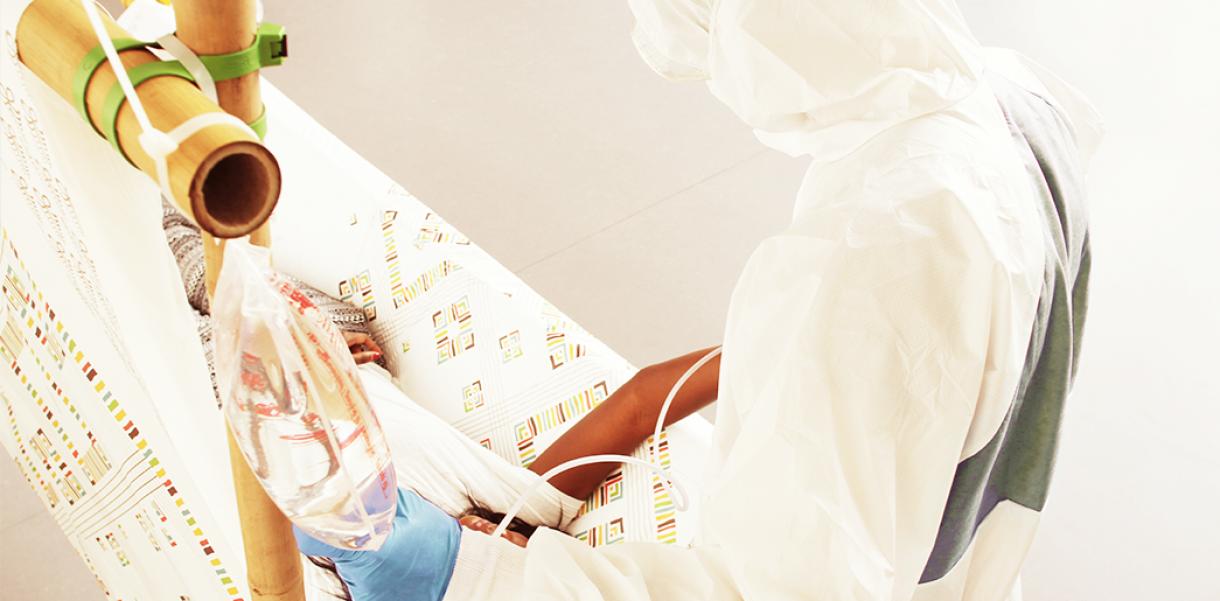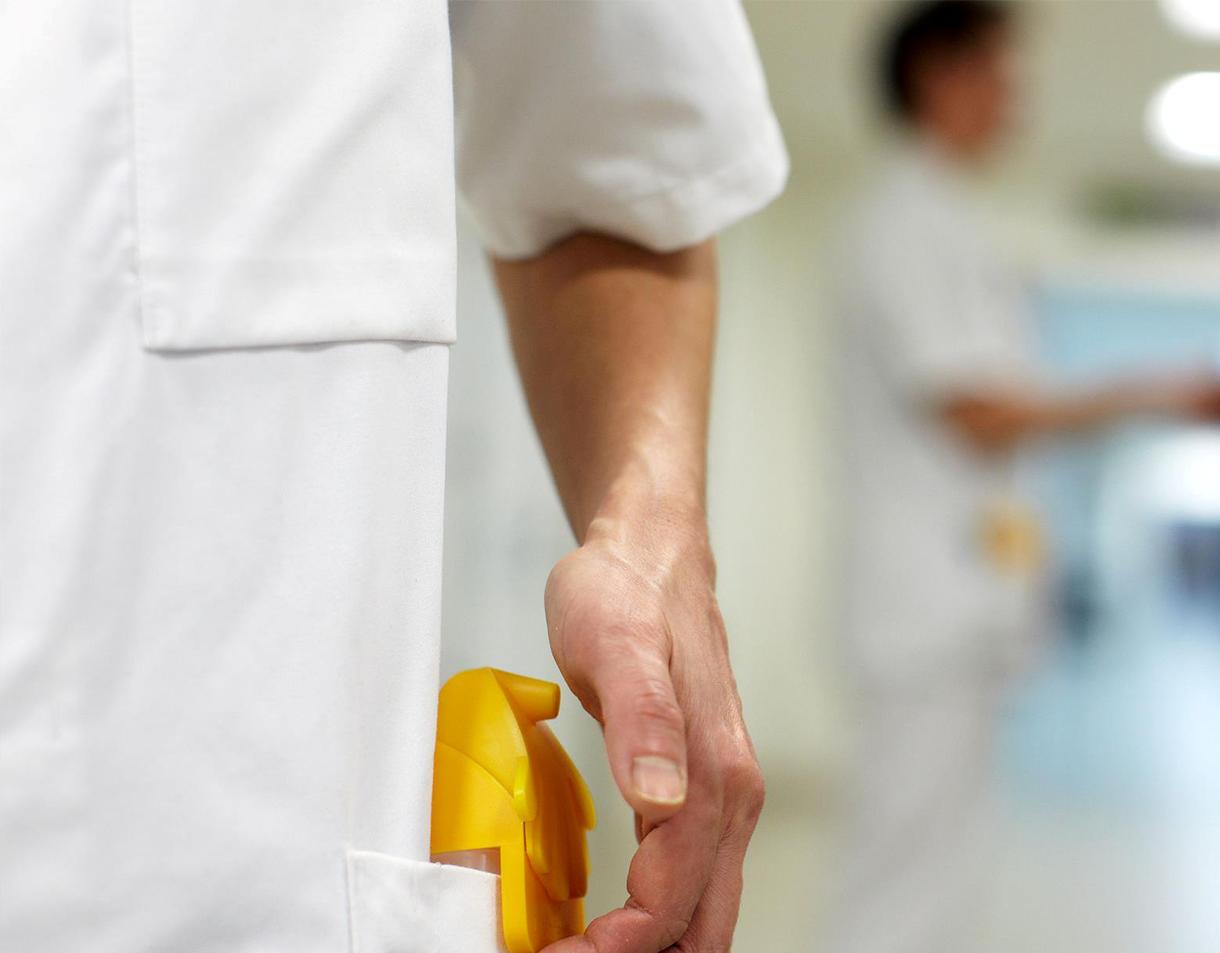While many of us can work from home and practice social distancing, our healthcare workers are risking their safety, and often run off their feet, to help the sick and vulnerable. While some governments may scramble to put good solutions in effect, thankfully, our global community of designers, engineers, scientists and more, take a pro-active approach. Let's take a moment to appreciate some of the most ingenious and interesting ideas for frontline safety.
The Hazmat Suit
One of the essential elements of dealing with a disease outbreak is preventing it from spreading. Hence, why we're all isolated at home. The Hazmat Suit, designed by a team from Johns Hopkins University, is a simple solution that drastically reduces infection risk when working with affected individuals. It features multiple layers to ensure that any layer with possible outside exposure can be removed without coming in contact with the inner layers closer to the body. When a worker finishes a shift, the suit can be removed almost just like a big glove. The intuitive design uses multiple, easy-to-operate fasteners and zippers to make the whole process easy and avoid any accidental contamination.
Be A Bat Man
Although it looks like we're at the height of the COVID-19 pandemic right now, there are no guarantees that the virus won't affect populations for months, maybe years to come. If so, how do we protect people in more effective ways than masks and gloves? Chinese architect Sun Dayong has designed something that goes well beyond expectations to protect its wearer. The Be A Bat Man mobile safety device is a shield made of carbon fibre supports with embedded plastic wires. The shield sterilises itself through UV light as the corona-virus is killed at 56 degrees celsius. Worn like a backpack and reminiscent of batwings in shape and tech, it creates a sterilised environment for the wearer. Although it's a conceptual design, Dayong hopes to find a backer that will make it into reality.
Ubuntu
During the height of the Ebola epidemic in Sierra Leone in 2014, treatment beds prevented an estimated 57,000 infections and about 40,000 deaths. But due to a lack of capacity in many hospitals, patients with other diseases couldn't get the treatment they needed, causing more than 10,000 deaths. Designed by Turkish designer Ilteris Ilbasan, Ubuntu is a quickly assembled containment bed made from locally sourced bamboo, zip ties, and disposable sheets of Tyvek®. It functions as both a low-cost mattress and a sanitary barrier between beds. Using already manufactured materials which are lightweight and space-efficient, health workers can bypass conventional local logistics, making Ubuntu a quicker, more cost-efficient, and above all more dignifying solution.
YellowOne Handsafe
Just because you haven't heard it enough recently: hand washing and sanitising are highly underrated. Particularly, in hospitals where infections can run rampant and even be deadly if proper hygiene isn't practised. Health workers need to sanitise after every point of contact with patients, which means going to a washing station or the nearest sanitiser. Danish designer Hân Pham has made this process easier, faster and more consistent in hospitals by coming up with the YellowOne Handsafe - a mobile, sanitising device attachable to healthcare worker uniforms. With two pushes, they receive the correct amount of sanitiser and can properly sterilise while walking to their next task.
UVD Robots
While simple solutions can be highly effective, some are turning high-tech to help contain the spread. Like the UVD Robots already creating a difference at the frontlines in China. These self-driving, sanitising robots disinfect hospital rooms thoroughly as a helpful partner to the cleaning staff. All the cleaning crew has to do is request its help, and then the UVD Robot takes the elevator to the correct floor and notifies staff when it's done. The goal is to significantly lower the number of patients, who acquire new infections, vira or bacteria while staying in hospitals. In China, the robots were sent in to help more than 2,000 hospitals ensure the safety of both patients and health workers.
AirBliss+
Wearing masks is a necessity at points of care, but why does it have to be so uncomfortable? The AirBliss+ Smart Air Pollution Mask solves this problem by letting its wearer inhale across the filter, prevented inward leakage and sore skin and reduce heat and humidity inside the mask. Although it might seem extensive, it's easy to put on and adjust, making it possibly a vast improvement to working conditions for health workers. Although it's made for the everyday life of those who fear the consequences of air pollution, it's a great addition to those who've dedicated their time and efforts to fight a pandemic.









